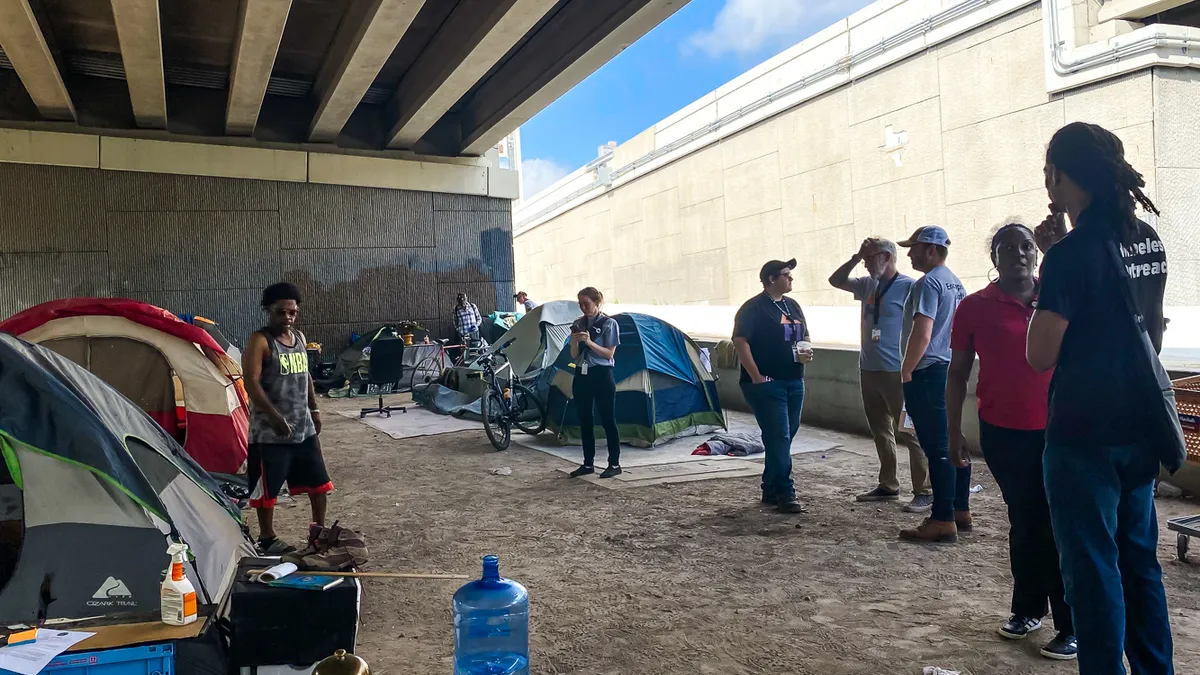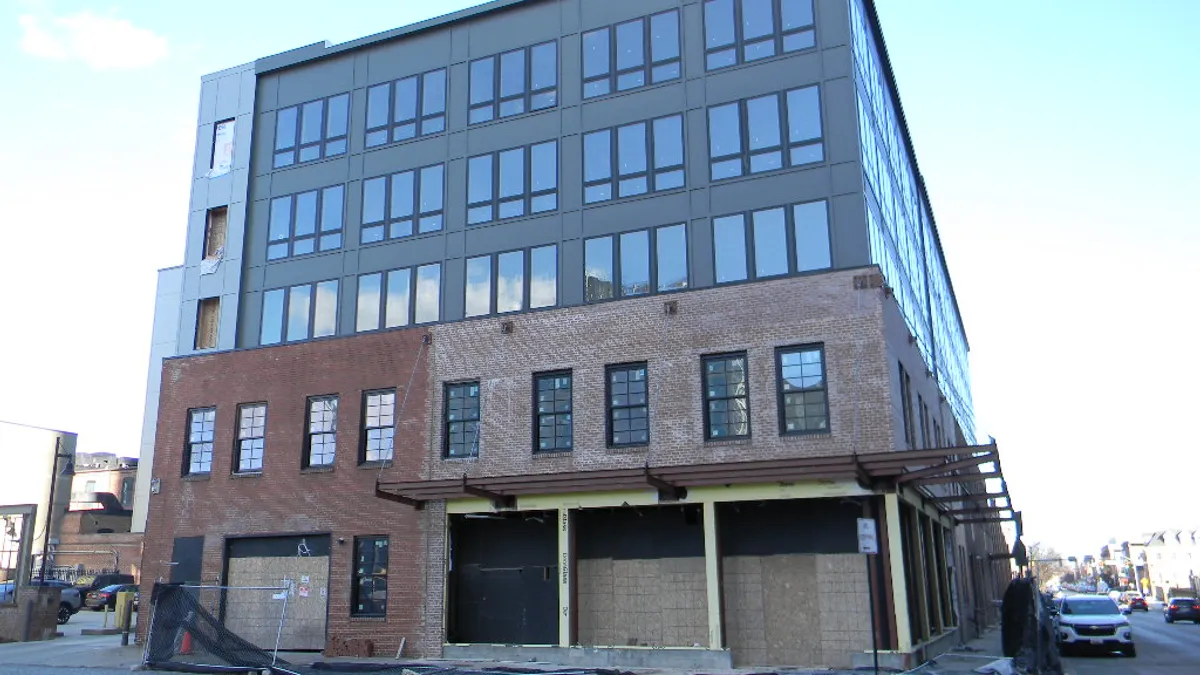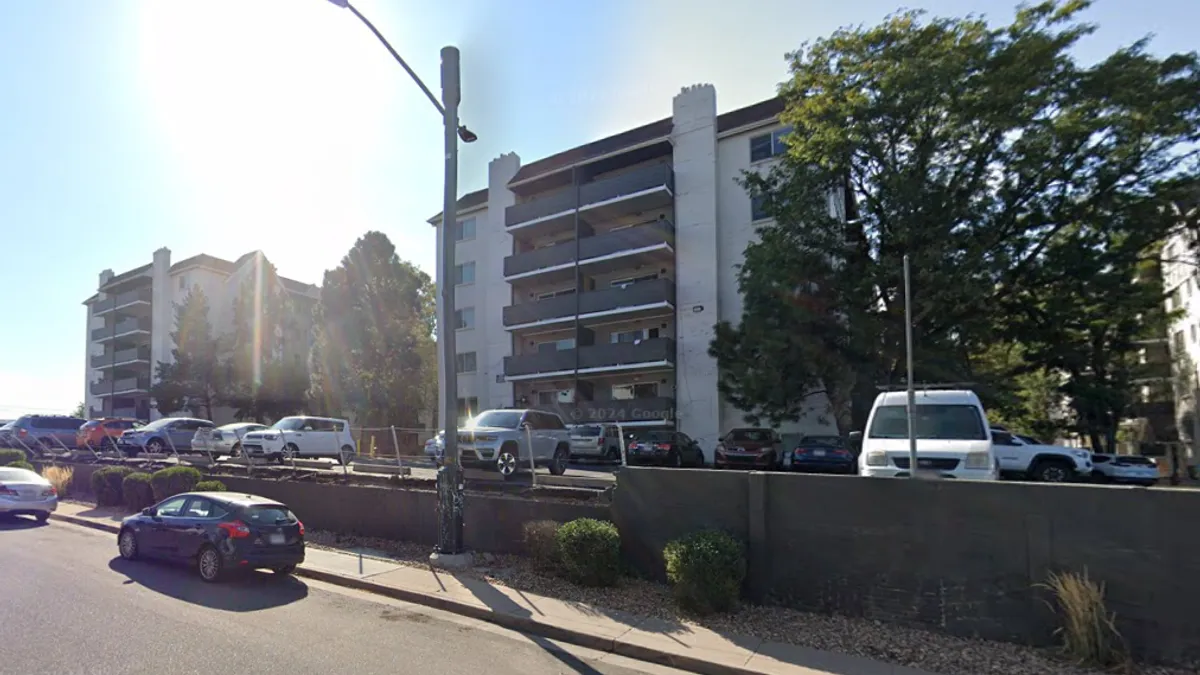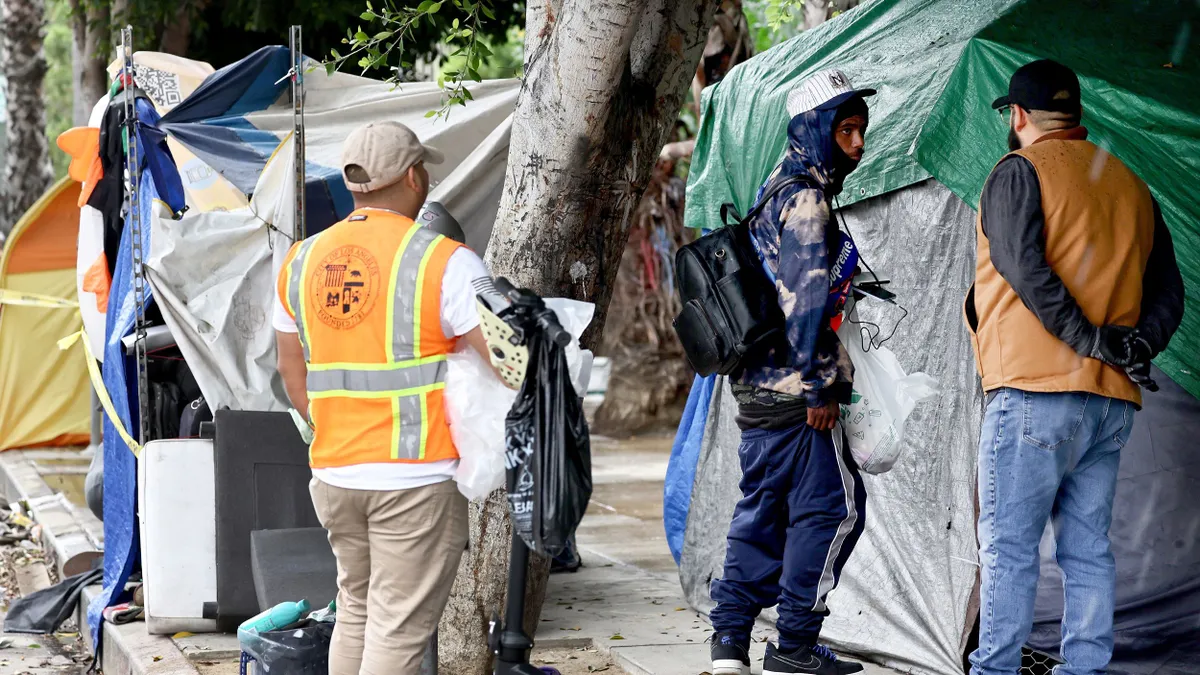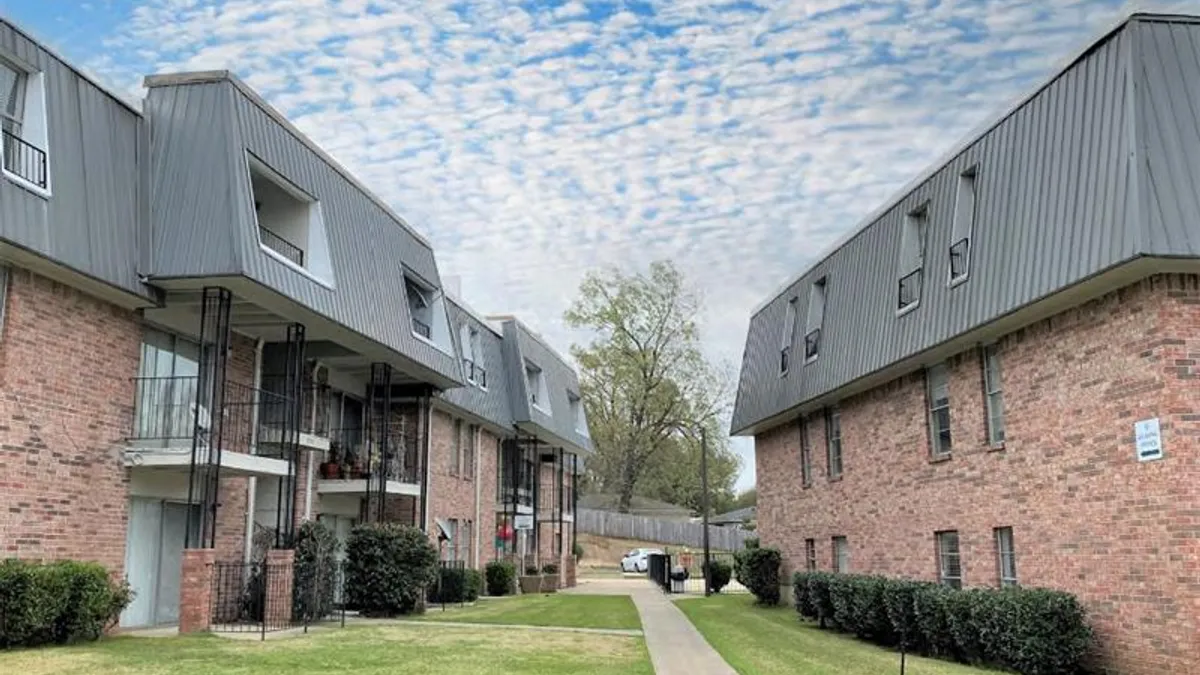Editor’s note: This is the third piece in a series on the factors that have led to the success of Houston’s homeless response system as well as the challenges the city faces and will continue to face in addressing homelessness.
Before 2012, the dozens of organizations providing services to people experiencing homelessness in Houston largely did not collaborate. They operated in “silos,” and implemented “programs in the manner they felt was best,” said Sara Martinez, vice president of communications & development at the Coalition for the Homeless.
That system changed in 2012. With Houston reporting a homeless population of over 7,000 people, the U.S. Department of Housing and Urban Development designated the city as one of its 10 priority cities. Houston held a three-day, communitywide meeting that more than 400 people attended to come up with solutions to address the issue. They came away with a communitywide housing-first approach with a wraparound services strategy.
The community aligned its goals and work under a shared vision of “a Houston community where [homelessness] is rare, brief, and non-recurring,” said Martinez in an email. To accomplish this, the city and surrounding counties developed an approach that invests as much of their available resources as possible in permanent housing and supportive services, she said.
The region also aligned its efforts under a single continuum of care called The Way Home. Under HUD’s Continuum of Care program, nonprofit service providers and state and local governments receive federal funding so they can quickly rehouse people experiencing homelessness while minimizing trauma.
Through The Way Home, the city, surrounding counties and service providers and agencies operating in the region work together to quickly place those living on the street into housing and provide them with the services they need to thrive and remain housed long term.
Services that providers offer through the continuum include outreach, housing assessments and placement, case management, healthcare, behavioral health treatment, food assistance, life skills training and employment assistance, said Marc Eichenbaum, a special assistant to Houston’s mayor for homeless initiatives.
The Way Home system has helped reduce the Houston region’s homeless population by about 63% since 2011. The city’s strategy has since become a model for other U.S. cities.
Interagency coordination and communication, like in Houston, can help cities roll out their own housing-first models successfully and better strategize on how to develop new affordable housing, said Sophie House, law and policy director of the Housing Solutions Lab at New York University’s Furman Center.
“Thinking about housing and homelessness jointly sounds intuitive, but in practice, the agencies and experts that focus on each are often siloed away from each other at the local level,” said House.
Before The Way Home, there were voids in Houston’s homelessness system, and other efforts were being duplicated, said Eichenbaum. With The Way Home’s coordination, those performing duplicate work were asked to shift their efforts to fill some of the identified service gaps, he said.
“We wanted to right-size all of the different services that were available to meet the specific needs of our community,” Eichenbaum said.
How the system works
The Coalition for the Homeless manages Houston’s The Way Home continuum. It coordinates the work of both nonprofits and government agencies and centralizes the distribution of funds from all sources, including governments, individuals, grants, nonprofits such as the Houston Endowment and companies like Wells Fargo, Chase and Chevron, Eichenbaum said.
More than 20 different homelessness grants are available from different agencies, different sectors of the government and the private sector, said Eichenbaum. Each comes with its own requirements, eligibility rules and timelines, and bringing all those funding sources together to create an effective system can be overwhelming to a lot of cities and counties, he said.
“The county might say, ‘We’ve got this grant. It can fund A and B, but it can’t fund C,’” Eichenbaum explained. “And the city comes and says, ‘I got this grant. It can fund C, but it can’t do A.’ So it’s, ‘Let’s invest it together, and let’s coordinate that investment instead of doing it in silos, and we can leverage each other’s investments.’”
“This has been key to our success,” said Martinez. “The Coalition does the work to understand which funding sources can be used for which activities and braids the sources and gets the funds into the hands of our direct service partners so they can serve people in crisis.”
A steering committee consisting of officials from participating government agencies, donors, healthcare and other service providers, and people who have experienced homelessness sets the continuum’s goals and strategies and works with the city and counties on how to best utilize various funding sources, said Eichenbaum.
HUD requires continuums to establish coordinated access systems to assist individuals experiencing homelessness. However, each jurisdiction’s system is different, said Eichenbaum. Houston, he said, was the first to really bring the system to scale.
The benefits of coordination
Coordination among service providers and other systems that interact with people experiencing homelessness is “extremely important,” said Ann Oliva, CEO of the National Alliance to End Homelessness, in an email.
When providing services, it’s important for agencies to know when a person moves from sheltered to unsheltered locations or to soup kitchens and clinics so they can understand changing circumstances that person may be facing and locate them if housing becomes available, Oliva said.
It’s also important for communities to use a common approach and understanding of priorities and needs, with deep communication between teams that may be seeing the same person for different services, she said. “This type of coordination allows for real-time problem-solving when challenges arise,” Oliva said.
Without it, providers often lack enough resources to provide people experiencing homelessness with any type of intervention, and people are offered whatever services are available, even if the services are not the best match for their needs, she said.
Individuals and families also need to navigate multiple program requirements or intake processes to access resources while working with multiple caseworkers who do not talk to each other to coordinate care or referrals.
People experiencing homelessness interact with providers working within the system at mental health facilities, shelters, soup kitchens, and on the streets through outreach coordinators, said Eichenbaum. Walk into the city’s largest day shelter, and there could be six different coordinated assessors all from different agencies, working together with individuals experiencing homelessness, he said.
Eichenbaum describes the many steps it takes to secure housing and other services for any one person or family. Federally funded programs require verification of the applicant’s income and any disability as well as verification that the person is homeless. The applicant must have certain forms of identification. Service providers must find available housing units, help the person fill out applications, and find money that will pay for the rent, supportive services and case management.
All told, a single person being housed might be touched by 10 different agencies using five different grants, Eichenbaum said. Without The Way Home, it might be impossible for both the client experiencing homelessness to navigate the system and for homeless agencies to navigate the funding, he said.
“A client’s ability to get assistance should not hinge on talking to the right person at the right agency on the right day with the right knowledge of some bed that they might qualify for,” Eichenbaum said. “So what we wanted to do was create no wrong front doors.”
Coordination challenges
The “old way” the community delivered homelessness programs had not been working, so a willingness among leaders “to do something different” was necessary, said Martinez. But implementing the “significant” changes to the homeless system in Greater Houston has “not always been easy,” she said. For example, some service providers had to drop programs that they had offered for decades because they were being duplicated within the new system.
Concerns and tensions have been present since The Way Home was formed. Different providers and agencies have different experiences, services and values that they contribute to the system, said Thao Costis, president and CEO of SEARCH Homeless Services, a Houston-based agency that is a member of The Way Home. They each have different needs and approaches to how they want things done, different clients they would like served, and each has its own individual goals it needs to meet.
It can also be challenging at times to work between various jurisdictions, like the city of Houston and Harris County, and to completely align priorities, especially with administrative and staffing changes, Martinez said.
Politics and local buy-in are major hurdles for many cities that have talked with Houston about developing their own coordinated care system, said Eichenbaum. How does the city establish that coordination between local jurisdictions and the larger community? Local leadership must understand the need for coordination and understand that no local entity can do it alone, he said.
And often, a strategy to address homelessness that one mayoral administration champions is not necessarily prioritized by the next. Often, elected local leaders want to focus on other issues, thus that focus on addressing homelessness is no longer there, Eichenbaum said.
Giving the perspective of one service provider within Houston’s coordinated approach, Costis says that at the end of the day, SEARCH has become larger and is serving more people with more resources while getting better outcomes and having stronger partnerships. The system allows, encourages and supports providers to bring and expand on their “greatest competencies,” Costis said.
“We agree on the overall system and goal, so we work through the differences and try to manage them for the best impact to meet our client’s and community’s needs,” Costis said. “We complement each other with our unique contributions and have created interdependency that requires trust, communication and bridge-building.”



